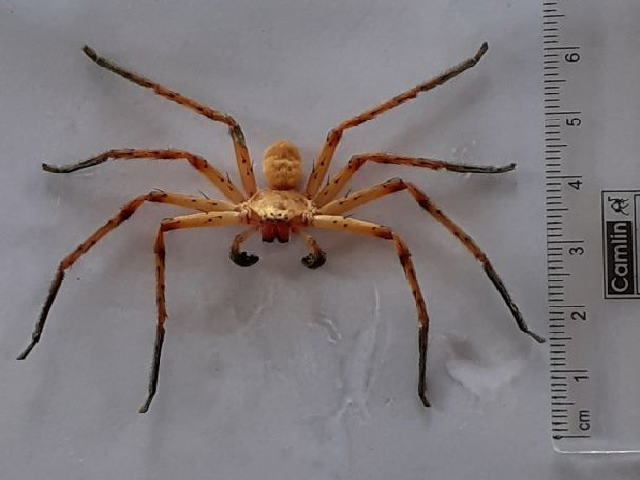Morphological Profiling and DNA Barcoding of Agroecosystem Spiders from the Paddy Field of Namakkal District, Tamil Nadu
DOI:
https://doi.org/10.5530/ctbp.2023.3s.58Keywords:
Agroecosystem, Paddy field, Spider diversity, Eye pattern, DNA barcoding.Abstract
Our study primarily aimed to investigate the diversity of spiders and assess the comparative effectiveness of DNA barcoding and morphological evaluation for the identification of spiders. The main objective of our study was to explore the diversity of spiders and compare the effectiveness of DNA barcoding and morphological evaluation for species identification. The study was conducted to document the spider diversity in the paddy fields of Namakkal District, Tamil Nadu. There were found to be ten different families and a total of 22 different spider species. The arrangement of eyes was found to be a key factor in identifying spider species, and the eye pattern of the spiders was observed and noted for certain species to validate the morphological identification. However, due to the morphological ambiguity of the two species, molecular characterization was done to confirm their identity. The COI gene was sequenced for Olios (440 bp) and Hogna (590 bp), and the selected spider species were identified as Olios suavis and Hogna insularum, respectively. Based on our findings, it can be inferred that DNA barcoding is a more reliable method, particularly in cases where morphological characteristics are ambiguous, such as with immature spiders.



